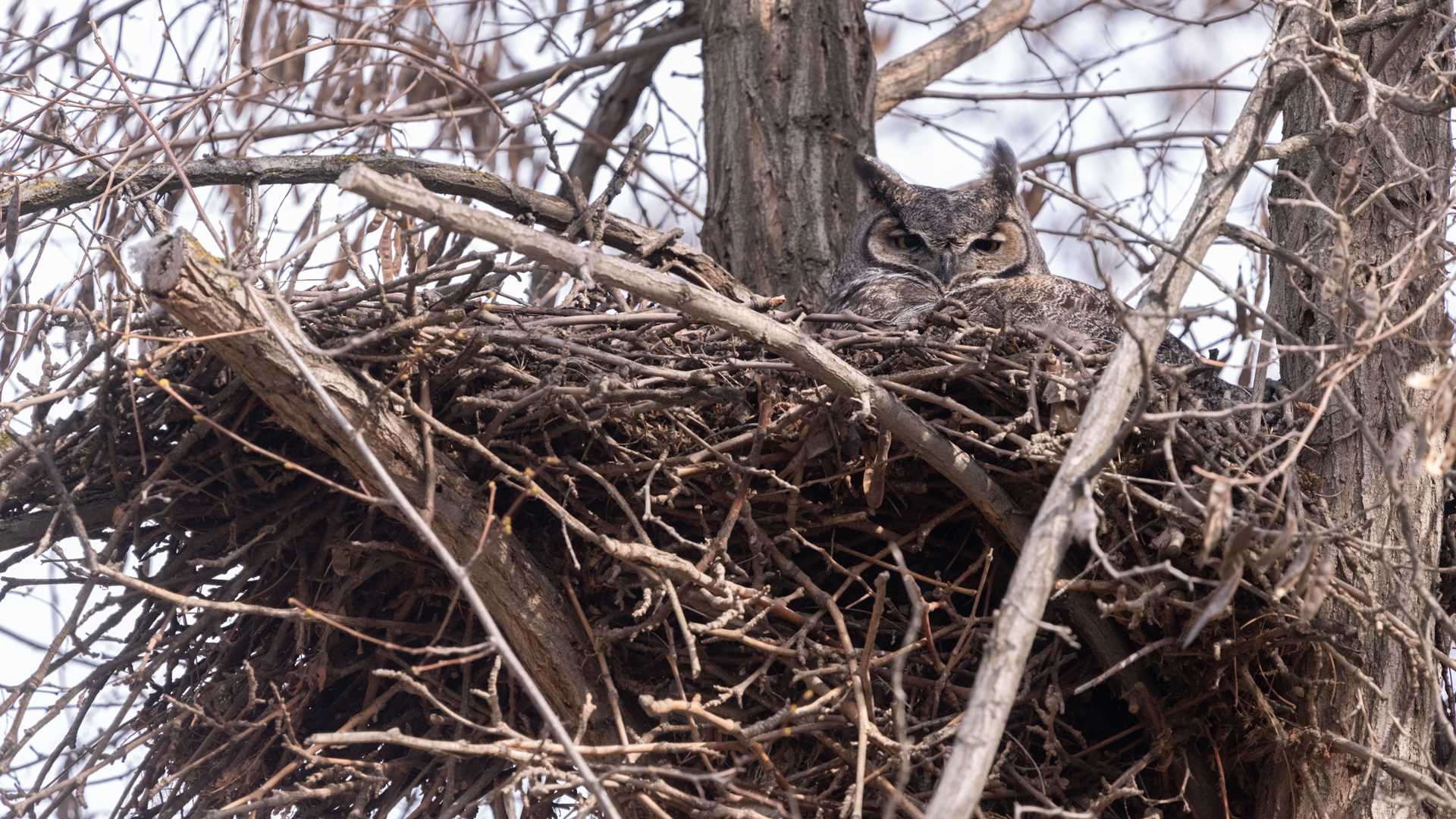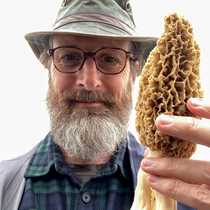“Freddy fungus and Alice Algae took a lichen to each other…” So begins the little story so many naturalists have used for so many years to teach children about lichens. The story goes on to explain how their relationship “began on the rocks and pretty soon he drove her up a tree.” This is the way I began teaching our guests about the many lichens we found along the trail at Crow Butte today.
We didn’t take to the trail to talk about lichens this afternoon, nor did we go there to explore beetles. Rather, we were on a birding walk, but in the absence of more than three species of birds, we found ourselves exploring the wider world at our feet.
In the shadows of big sagebrush and rubber rabbitbush, so-called skunk beetles did handstands, ready to spray would-be predators with a foul deterrent. Lichens in yellows, oranges, greens, whites, and browns covered woody plants and rocks alike. We needed only look down.
But back to the lichen… As science tends to do, the lichen story has changed in the last five years as scientists discovered that the algal-fungal symbiosis is not as simple as we once thought. A few years ago, it was discovered that the quaint couple, Alice and Freddy, had a friend. When a scientist found that two clearly different lichens––one brown and edible, the other yellow, acidic, and toxic––had exactly the same genome, he knew something wasn’t right. Further exploration determined that, in fact, Alice and Freddy were part of a threesome––Alice, Freddy, and Frieda––one algae, two fungi. To make things even more interesting, it has since been determined that there is a bacterial component involved as well. Seven percent of Earth’s surface is covered in lichens, yet we are just beginning to understand how these curious symbioses function.
We were just beginning to photograph the lichens when we received a text that there was a great horned owl a quarter mile away, so we abandoned our lichen walk nee bird walk to look for the nesting raptor. The walk to the owl revealed a bevy of yellow-rumped warblers, a pair of sharp-shinned hawks, and eventually goldfinches, cedar waxwings, red-winged blackbirds, black-throated gray warblers, and others, making our outing quite the success. Still, for most of us, birds or no birds, our time with Alice, Freddy, Frieda, and the beetles was already a win.







